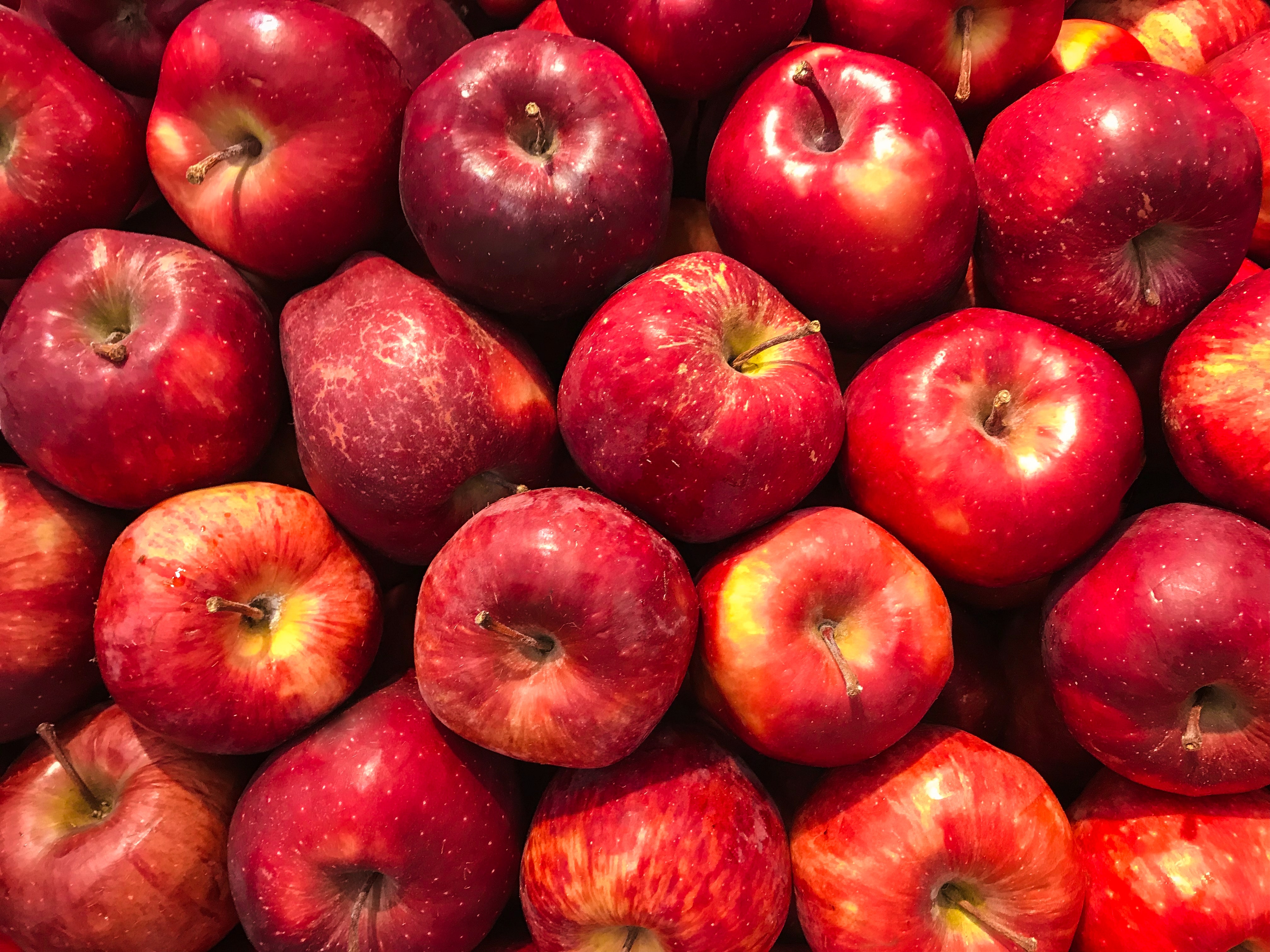Apple Grading: What is the Latest Technology?
Interested in learning about some innovative apple grading technologies that are improving the process? Read on to learn more.

Traditionally, the process of grading apples has been done by hand by qualified workers who evaluate each apple for desirable characteristics. This method, however, is time-consuming, based on subjectivity, and prone to mistakes, which can lead to variable quality and higher prices for producers and purchasers.
To solve these issues, the industry has been using innovative apple grading technologies that automate and improve the process.
In this article, we’ll explore some of the latest technologies in grading. We’ll also learn how innovative solutions like Silo can help produce businesses gain a competitive advantage.
What is apple grading?
The process of grading apples is defined as the sorting and categorizing of apples according to specific criteria, such as size, color, quality, and defects. This procedure is essential for ensuring that only high-quality apples reach the market, which is crucial for sustaining consumer satisfaction and a good reputation among businesses.
During the grading procedure, apples are typically sorted into different categories using devices that employ a variety of techniques. These devices use sensors and cameras to detect defects, blemishes, and other flaws to classify apples accordingly to ensure that only those of desirable quality make it to sale.
Automation in grading
Grading is a crucial component of the apple industry, increasing the value of inventory by ensuring that only the finest apples are sold. Nowadays, this process can be automated and performed by machines.
Apple sorting machines sort and evaluate apples quicker, more precisely, and more efficiently compared to hand grading, processing huge amounts of produce at a faster rate. Along with boosting overall inventory quality, they also minimize labor expenditures.
When sorting fruits, grading devices consider a number of factors. Apples that are too small or too large may not be suitable for sale, so size is one of the most important criteria. Color is also essential, as consumers frequently seek fruits with uniform coloration.
In addition to size and color, grading machines evaluate the fruit's quality, examining apples for flaws such as discoloration, insect damage, and disease.
Innovations in apple grading
Here’s a look at the latest innovations in grading.
Artificial intelligence
Artificial intelligence (AI) can be used to precisely and efficiently evaluate apples, eliminating mistakes caused by human subjectivity to enhance efficiency, resulting in lower labor costs. AI-powered sorting machines have the benefit of a more exact and consistent grading system since it uses a set list of quality factors.
AI systems can also anticipate the quality and quantity of apples grown in the future based on data from previous harvests. This data can help growers make more informed decisions regarding apple planting, harvesting, and pricing, ultimately boosting profitability.
The use of AI to monitor apple quality across the supply chain results in more uniformity, allowing for more consistent costs and better product quality for customers.
Near-infrared spectroscopy
Near-infrared spectroscopy is a type of technology that analyzes the chemical composition of apples through the use of light. This technology can be used to identify defects and other issues in produce to enhance the accuracy of the apple sorting process.
Hyperspectral imaging
Hyperspectral imaging uses cameras to collect pictures and process information based on the electromagnetic spectrum, which deals with a scale of visible to near-infrared light. Photos can be used to identify and describe an item’s composition, structure, and attributes.
Hyperspectral imaging can be used in apple grading to not only identify imperfections in color and shape, but also other issues not evident to the naked eye that are indicative of internal damage, such as rotting, bruising, or insect infestations.
It does this by examining the spectral signature of each apple. A hyperspectral camera is generally positioned on a conveyor belt or sorting machine, scanning each apple as it goes by. The camera takes hundreds of photos every second, which are subsequently analyzed by specialized software that extracts information and categorizes the apples based on quality.
The use of hyperspectral imaging has the potential to revolutionize apple sorting, sizing, and grading through the detection of factors that are normally hard to determine.
Gain a competitive advantage with Silo
The newest in apple grading technologies increase speed and accuracy while ensuring that only high-quality fruit makes it to sale. These technologies also allow businesses to reduce labor expenses for greater profitability.
Needless to say, investing in the latest technology is advantageous for gaining a competitive advantage. Consider platforms like Silo, which assist businesses in optimizing operations, streamlining supply chain logistics, and equipping businesses with fast access to working capital.
With Silo, businesses more effectively manage their cash conversion cycle to operate more efficiently. Simple payment tools, automated processes, and actionable data make managing supply chain operations a breeze.
Book a demo with Silo today!
Want to book a demo with us?
Add your info and we’ll get one scheduled with you.